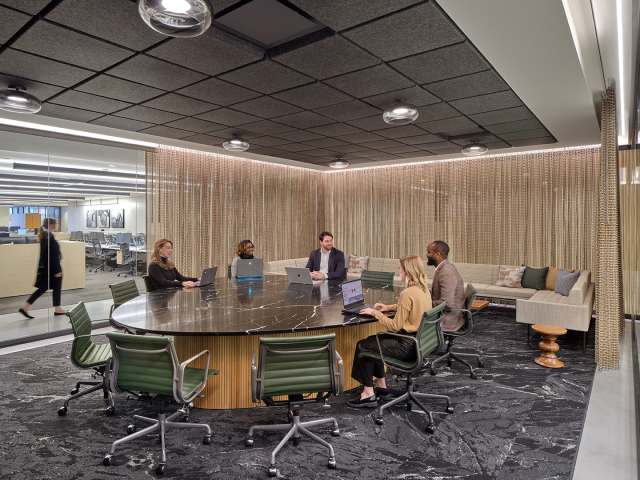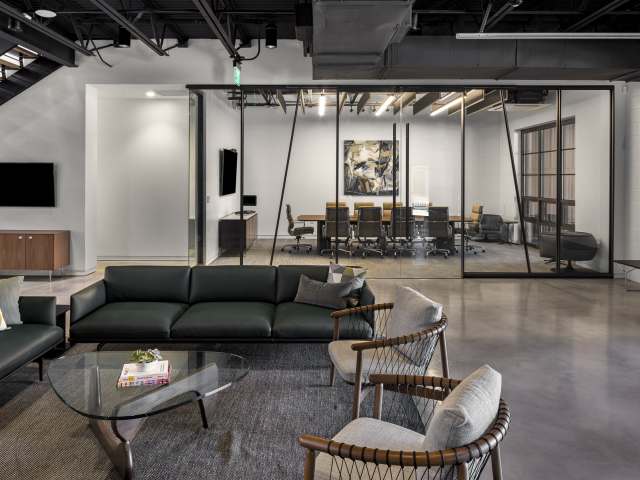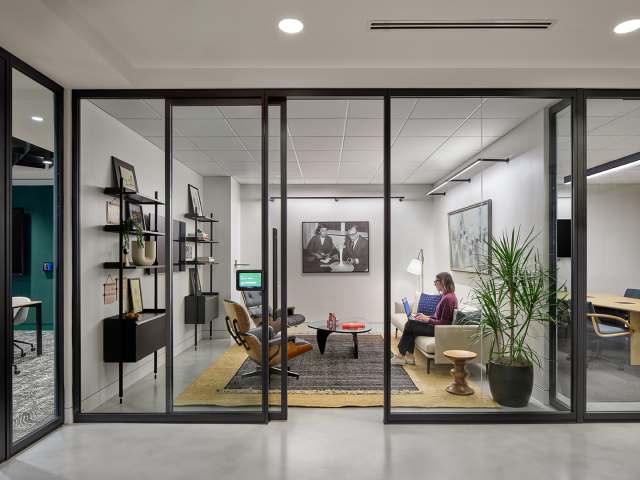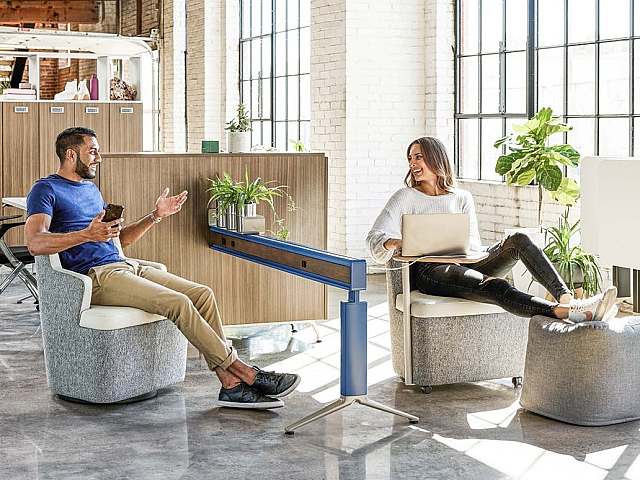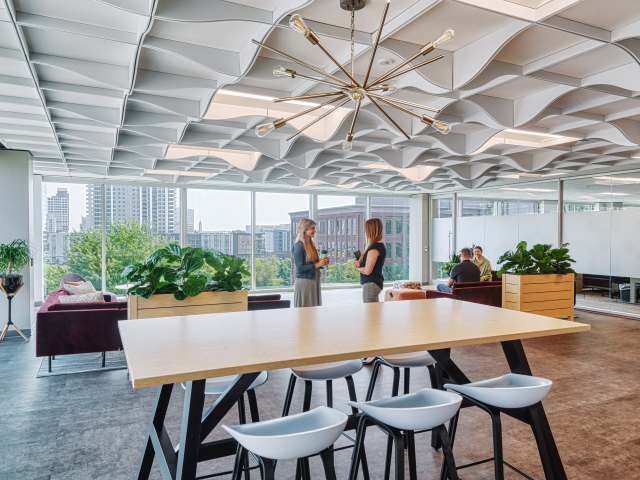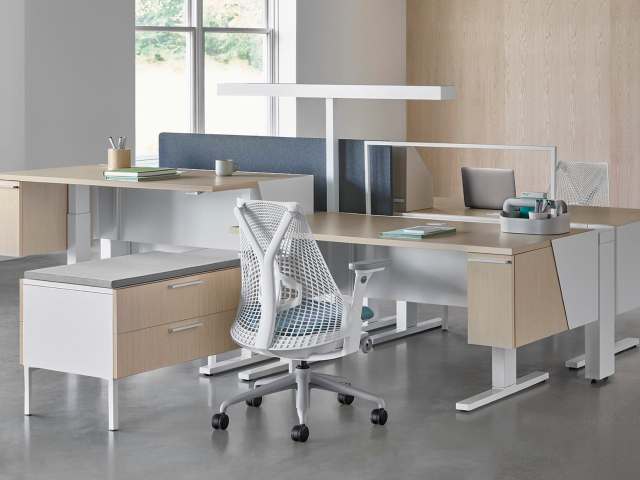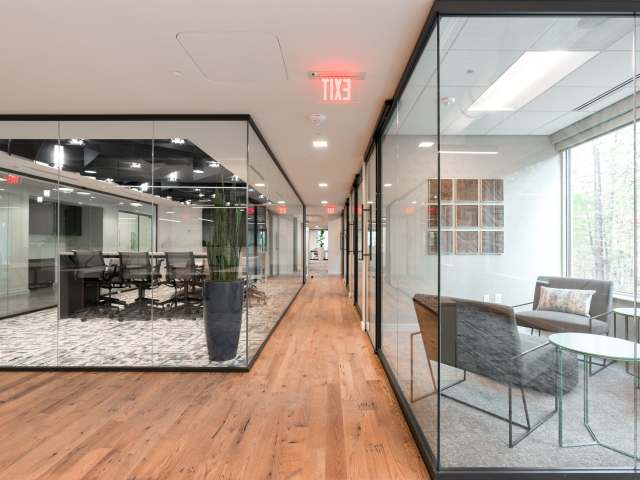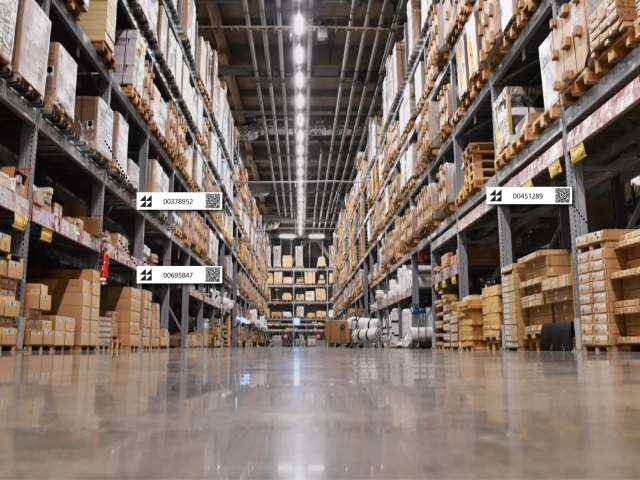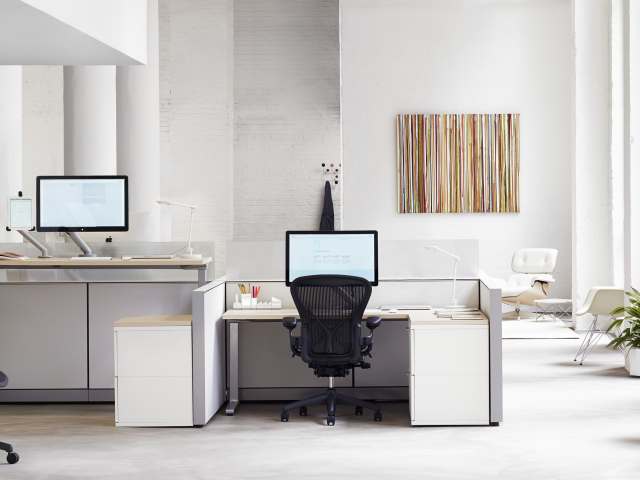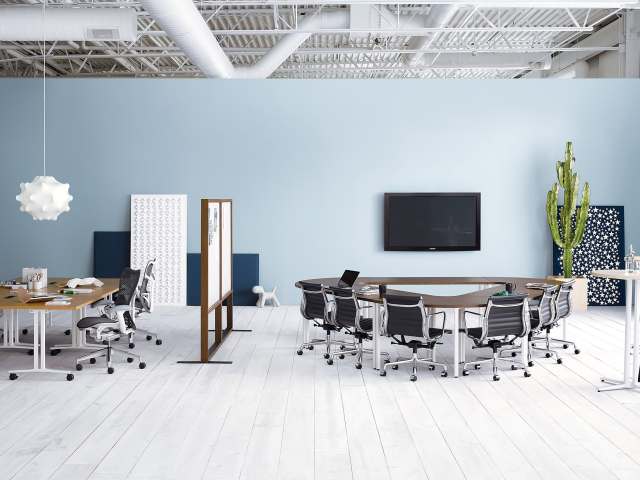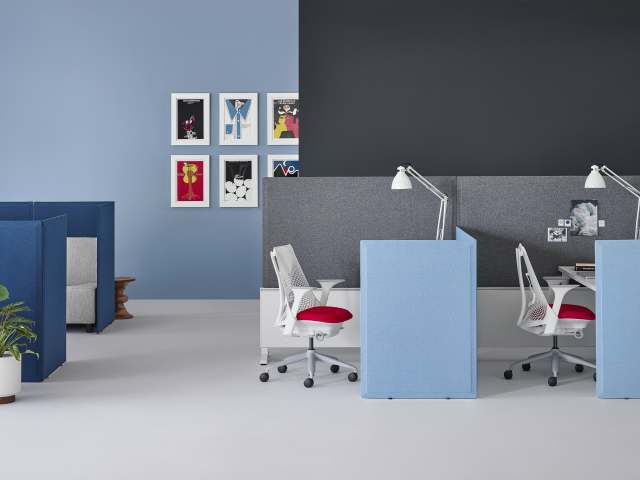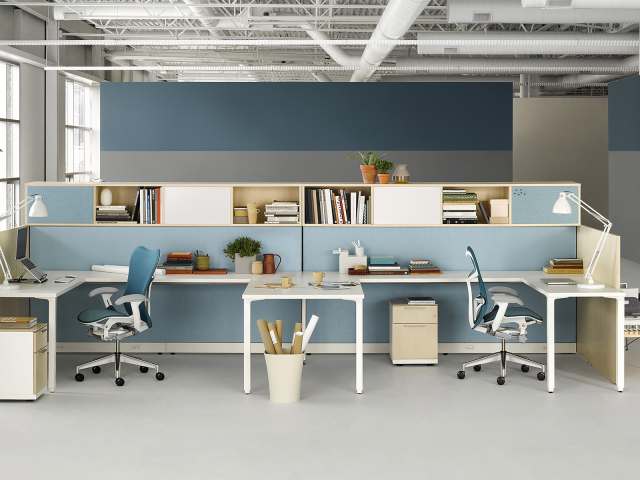Three Ways to Manage Hospital Capabilities and Capacity During the Coronavirus Surge

How improvisation and creativity can better equip you to respond to increasing community need
Written by: Michelle Ossmann, PhD, MSN, Director of Healthcare Knowledge & Insight at Herman Miller and Gail Caldwell, RN, BSN, Senior Healthcare Consultant at Herman Miller
Clinicians are experts at improvisation and creativity. We host weddings in ICUs and hang IV bags from paperclips in wall grout lines. We figure out how to get 5-drip, vented patients outside, convinced that a dose of sunlight will make all the difference. We use a spectrum of tapes to hold together, tie down, balance, secure, and reconfigure just about anything, all in the name of helping our patients. And we practice how to respond in a crisis, whether to support an individual patient or an entire community. One of those crises is happening now. As the coronavirus surge stresses our hospital systems, let’s remember that we are resourceful. This is a tape and paperclips moment, and we are up for the challenge.
As we mobilize preparedness teams to respond to community needs, here are three ways to use your natural ingenuity to enhance capabilities and extend hospital capacity during a crisis.
1. Be Inventive
Now is the time to look at space and objects differently and leverage what is on hand. Scour your inventory with an eye toward needs and activities rather than specific objects with specific functions. Need a way to provide visual privacy? Consider that warehoused panel system. Mobile marker boards can do double duty as dividers and communication devices and have the added benefit of being easy to clean. Searching for a place to house supplies? A mobile office pedestal might work. Tall, unused filing cabinets provide storage and subdivide space. Reconfigured supply carts can become mobile triage or screening stations. You’re only confined by the limits of your imagination.

2. Safety Still Comes First
Try to reduce surface contamination by looking for objects that can be easily cleaned, with minimal surface joints or seams. Where possible, choose hard and soft surfaces that are impervious and smooth. But also recognize that sometimes we must make do. Having a comfortable, upholstered chair for an ill patient is better than none at all. Think about how to make that chair safe for reuse. Perhaps a sheet or disposable drape can serve as a barrier.
While we must work quickly, let’s not forget the basics for preventing patient and staff injuries. Chair armrests help patients transition safely from sitting to standing, while low-slung lounge seats should be avoided. Rolling seats are only for staff, and sharp cornered tables are best left in the admin office.

3. Design for Observation and Flow
Even impromptu care rooms should address two fundamental patient care principles: observation and flow. You need to keep an eye on your patients, so carefully consider lines of sight that balance patient visualization and privacy. And take advantage of the reciprocity you give patients when you can see them. They can see you, too! People in your care are comforted by your presence, just by knowing you are there to share your expertise and care.
Remember to allow yourself the freedom to rearrange patient flow as needs change. This is the time to iterate. As much as you’ve planned and prepared, you will learn new ways to adapt and respond on a daily basis. Where possible, keep the ad hoc setting flexible and mobile, which will also make it easier to take it down when you’re ready.

We’re Here to Help
Preparedness and agility during the coronavirus surge are a team effort. You need help, and we’re here to think and work with you. We will look at what you’re considering and how we can create new options together. If you need additional product, connect with Alfred Williams & Company to locate furnishings that can make your ideas a reality. For more possibilities and inspiration, visit the healthcare section of Herman Miller's website or email us at info@alfredwilliams.com. Stay strong, and never forget your capacity for inventiveness!


